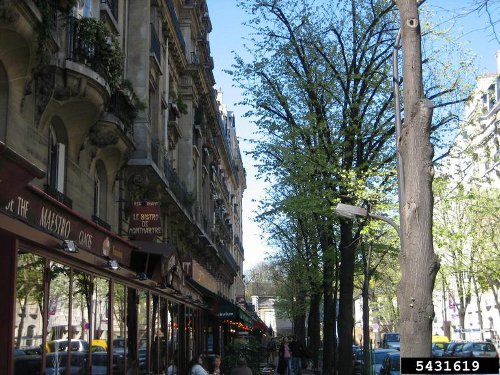 Kaid Benfield’s recent blog post about seeing cities as environmental solutions rather than environmental problems is really, truly excellent. He argues that to save the natural landscape we need to work on keeping people in “people habitat” by creating compact urban areas that are efficient and desirable places to live, work, and play.
Kaid Benfield’s recent blog post about seeing cities as environmental solutions rather than environmental problems is really, truly excellent. He argues that to save the natural landscape we need to work on keeping people in “people habitat” by creating compact urban areas that are efficient and desirable places to live, work, and play.
Over the next 25 years, the U.S. is expected to add 70 million people to its population. While this may not seem like a lot (or does it?) it is a staggering number when you consider how rapidly we are developing every last parcel of free land. Benfield writes:
For our cities and towns to function as successful people habitat, they must be communities where people want to live, work and play. We must make them great, but always within a decidedly urban, nonsprawling form. As it turns out, compact living… not only helps to save the landscape; it also reduces pollution and consumption of resources.
We need our inner cities and traditional communities to absorb as much of our anticipated growth as possible, to keep the impacts per increment of growth as low as possible. And, to do that, we need cities to be brought back to life, with great neighborhoods and complete streets, with walkability and well-functioning public transit, with clean parks and rivers, with air that is safe to breathe and water that is safe to drink.
I agree wholeheartedly. This must be the future of smart, thoughtful growth and planning, and mature tree growth in cities must be a part of it. Not only do trees create more livable communities simply by making people calmer and happier, they are also an indispensable tool in our environmental planning. To Benfield’s point I would just add that — while cities can and should remain primarily habitat for people, and undeveloped areas habitat for wildlife — the line between the two will always remain porous. Street trees and other urban green places provide critical habitat for city creatures like birds, insects, butterflies, and more. Planned and built carefully, they can be a powerful link between our wild places and our developed ones.
Image: Luana Vargas






Leave Your Comment